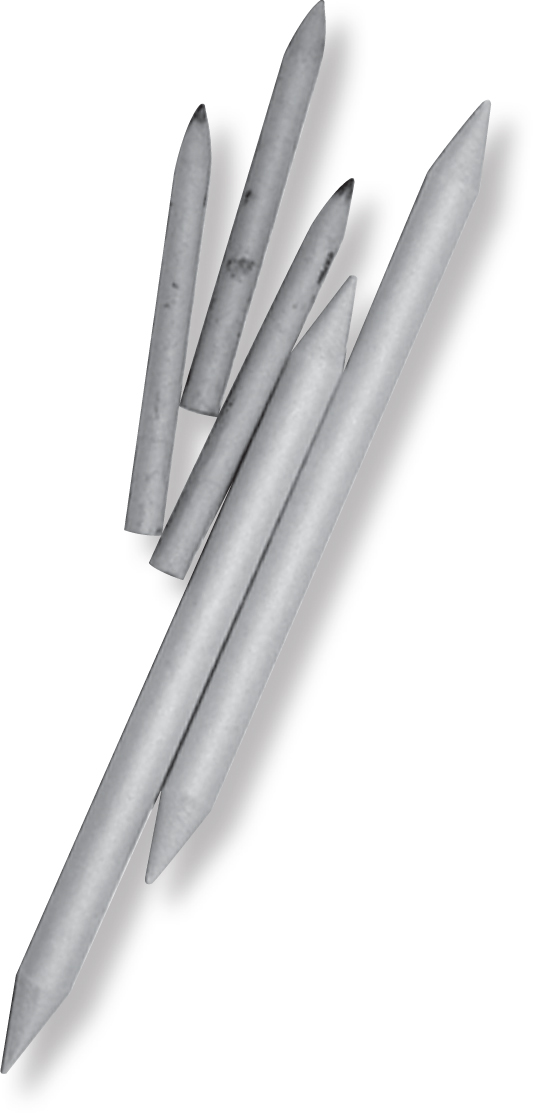
Pets
Pencil is an ideal medium for any beginning artist. This forgiving tool has a small tip and allows an easy grip, affording artists great precision and control over their strokes. And because drawing is the basis for all the visual arts, it is the perfect starting point for any artist who wants to branch out to other media, such as oil pastel or paint. But pencil is also a beautiful art form of its own, with the potential for producing endless values and intricate textures. In this book, youll learn about the basic supplies used in pencil drawing, as well as techniques specific to rendering animal skin and hair. Youll also find 17 engaging animal portraits to follow and copyfrom a fluffy hamster to a sleek Doberman. And once youve completed the projects, youll have all the information you need to draw your own pet portraits.Mia Tavonatti

CONTENTS
C HOOSING T OOLS
Pencil drawing offers an approachable and practical introduction to art for any aspiring artist. Only a few materials are needed to begin, which can be easily transported just about anywhere. Drawing tools are also relatively inexpensive, so the initial investment isnt overwhelming. When youre just starting out, however, its best to purchase the highest quality materials you can afford at the time. Better-quality materials are easier to use and produce more satisfying results; they will ensure that your pet drawings will last longer and wont fade or yellow over time. Here youll find a helpful overview of the tools youll need to begin your own drawing adventures!

S KETCH P ADS Sketch pads offer drawing paper conveniently bound into book form. They are useful for making quick sketches and when drawing outdoors. They are also available in a wide variety of sizes, textures, and bindings. You may want to begin with one that has a smooth- to medium-grain paper texture, which provides the most versatile drawing surface.
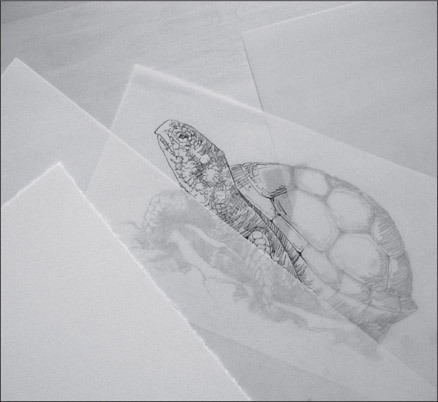
D RAWING P APER Most artists use single sheets of higher quality drawing paper for finished artwork. Paper is available in a range of surface textures: smooth grain, medium grain, and rough to very rough (which catches the most graphite for heavier strokes). Vellum-finished paper, which is translucent in appearance, has a very smooth and slick surface that allows for silky pencil strokes. Tracing paper is another option, and its an inexpensive alternative to vellum.
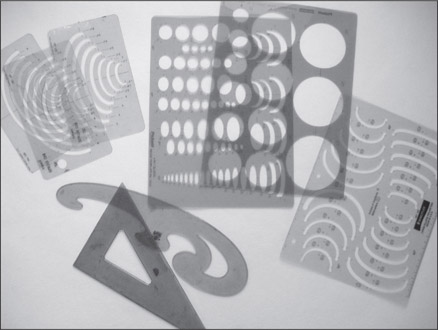
S TENCILS Although I do most of my initial blocking in with freehand shapes and lines, some drawings call for more precision. I keep on hand a supply of stencils with a variety of circles and ovals, curves, and straight edges that I use for tighter drawings.

Y OUR W ORK S TATION You dont need to have a full studio setup to start drawing, but a well-lit, comfortable area will provide the most efficient work environment. Make sure you have plenty of natural lighting; and if you draw at night, use both soft white and cool florescent bulbs so that you have both warm and cool sources of light. Youll also need a hard, sturdy work surface and plenty of room to lay out all your tools. In addition, a padded chair will help make long drawing sessions more comfortable.
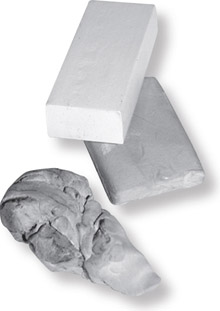
E RASERS A kneaded eraser is an essential tool. It can be formed into small shapes to remove pencil from very tiny areas or to gently blend strokes. Vinyl erasers are best for larger areas, and they remove pencil marks completely. As long as you dont scrub too vigorously, neither type will damage the surface of your paper.
B LENDING S TUMPS Tortillions are rolled paper stumps used to blend and soften pencil strokes. Theyre handy for small areas where your finger or a cloth is too large. You can also use the sides to quickly blend large areas. When the stumps become dirty, simply rub them on a cloth to remove the excess graphite.
S HARPENING T OOLS Utility knivesor craft knivescome in a variety of shapes and sizes and are great tools for sharpening pencils. I use them interchangeably with a handheld pencil sharpener and a sandpaper block to alter my points. (See .) The knife and sandpaper produce the widest variety of points.
SELECTING YOUR PENCILS
Pencils are labeled with numbers and letters, and the combination indicates the softness of the lead (actually graphite). Pencils labeled B are soft and produce heavy, dark strokes; those labeled H have hard lead that creates thin, light lines. HB pencils are in between hard and soft, making them a good, versatile beginners tool. The higher the number that accompanies the letter, the more intense the softness or hardness of the lead. (For example, a 4B pencil is softer than a 2B, and a 4H pencil is harder than a 2H.) The projects in this book call for H, HB, 2B, and 4B pencils, but you may want to experiment with others as well.
GATHERING OTHER DRAWING TOOLS
I start my drawings with graphite pencils, but I also like to use other tools as my pieces progress. For example, Cont crayons or charcoal produce chalky, smudged lines that soften the look of a subject. Outlining a drawing with black ink really makes a subject pop. (See .)
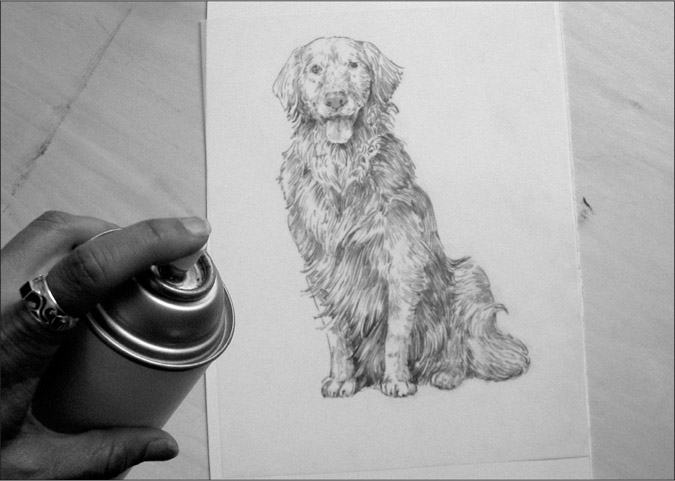
S PRAY F IX A fixative sets a drawing and protects it from smearing. Some artists dont use fixative on pencil drawings because it tends to deepen the light shadings and eliminate some delicate values, but it is very good for charcoal drawings. Fixative is available both in spray cans or in bottles; the latter requires a mouth atomizer. Spray cans are more convenient, and they give a finer spray and more even coverage.

HB An HB with a sharp point produces crisp lines, and it also offers you good control. With a round point, you can make slightly thicker lines and shade small areas.

Next page









